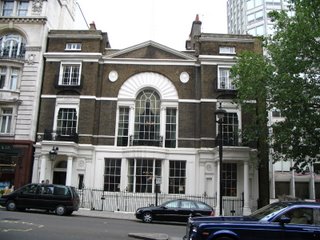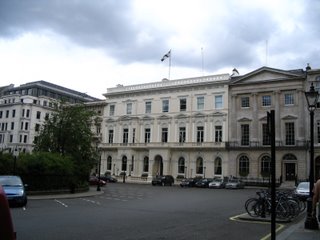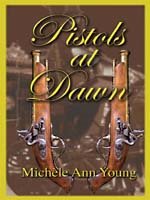In England we never dressed up for halloween, however the few years I lived in the Outer Hebrides in Scotland, although the distance between the houses was a long long tramp in wellies (rubber boots, I loved dressing up as a witch. There, the idea was that unless they guess who you were, you never took off your mask. As a stranger to most of them, they must still be talking about the witch who never said a word and who won all the sweeties because they could not guess.
Anyway, I have been living a bit of a fantasy life this past year. A book out and another one sold. But I have also been dressing up. Did heaps of dressing up at RT and those pictures were posted on the Title Wave Blog, but here is the Regency me at
the Beaumonde Conference.

The Beaumonde soiree was great fun. We had tea of course and cakes and other absolutely delicious food and we also had dancing. Yes, the ladies of the Beaumonde not only write about life in the Regency, but we experience it. We learned several new country dances that would have been danced by our heroines. Not the wicked Waltz, of course, but dancing in sets of eight or ten or twelve. Believe me it is not as easy as it looks.
I rented my costume and if any of you are experts you will recognize this as not Regency, but Rose's dress from the Titanic. But with its empire line, it was close enough for me. But I must say I have a huge hankering to make my own for next year.
By the way, did you get your RWR yet this month? A prize for the first person to post that they found my picture!!
As the evening progressed it got more interesting. I met a pirate. Needless to say, he? was very intent on having his wicked way with all the ladies present.

I might actually have agreed to shiver my timbers and run off with this guy, but unfortunatly he didn't show up.

Next week, back to the gentlemen's clubs.










